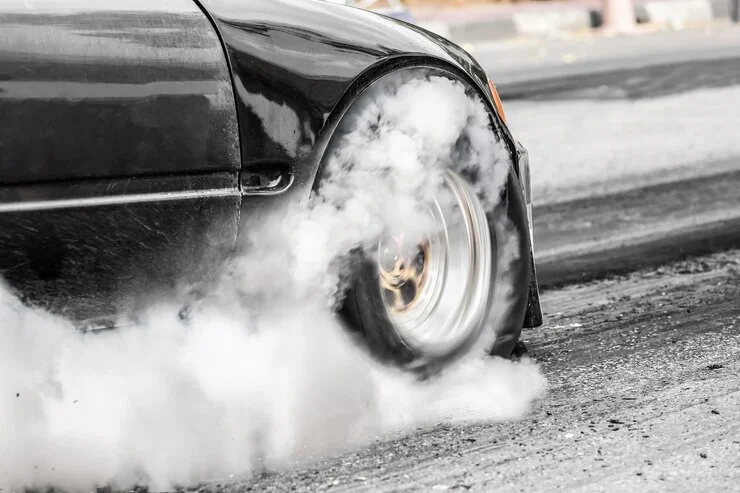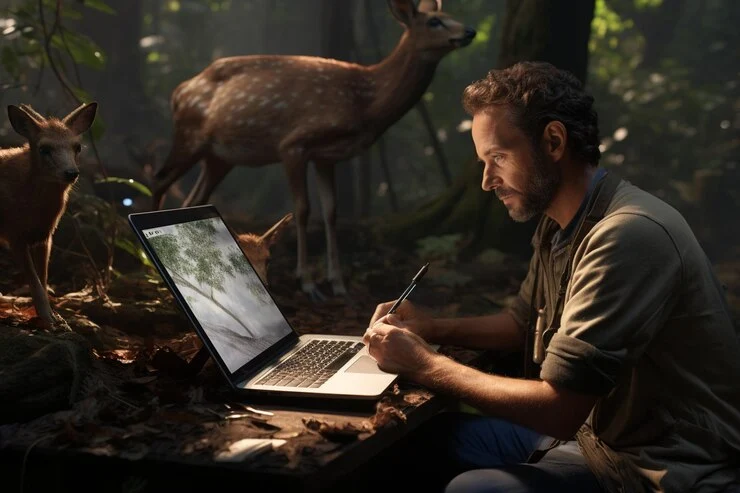Burnouts are a thrilling way to showcase driving skills and create a dramatic effect. Typically, water is used to help tires lose grip and spin more easily. However, it’s entirely possible to do a burnout without water, provided you use the right techniques and prepare your car properly. This detailed guide will show you how to perform a burnout without water safely and effectively.
What Is a Burnout?
Burnout is when a car’s rear tires spin quickly while the car remains stationary. This creates smoke and a screeching sound, which is why burnouts are so popular at car shows and racing events. For a successful burnout, the tires must lose traction, and the engine needs to deliver enough power to spin the wheels.
Why Avoid Using Water?
Water is commonly used to reduce tire grip, making it easier to spin the wheels. However, there are many reasons to skip using water:
- No Access to Water: You might not always have water available at the location.
- Preference for Technique: Some drivers enjoy the challenge of doing burnouts without external assistance.
- Avoid Mess: Using water can leave puddles and make the area slippery, which might not be ideal.
Without water, burnouts require more skill and precision, making them even more rewarding to master.
Things You Need Before Starting
A Powerful Car
Cars with high horsepower perform better burnouts. A rear-wheel-drive (RWD) car is ideal since the rear tires spin freely while the front tires stay planted.
Good-Quality Tires
Ensure your tires are in good condition. Old or damaged tires can burst during a burnout, causing dangerous situations.
A Safe Location
Choose an open area, such as a private driveway or an empty parking lot. Never attempt burnouts on public roads, as they may be illegal and unsafe.
Practice
Burnouts require skill, so practicing in a controlled, safe environment is essential before showing off your moves.
Step-by-Step Guide to Doing a Burnout Without Water
Step 1: Prepare the Car
Disable the car’s traction control or stability systems. These systems prevent wheel spin by applying brakes or reducing engine power, so they must be turned off to perform a burnout.
Step 2: Start the Engine
Shift the car into first gear and press the clutch fully with your left foot. Start the engine and lightly press the accelerator to build up power. Avoid over-revving, as it can harm the engine.
Step 3: Rev the Engine
Use your right foot to press the accelerator and increase engine RPM. Hold the clutch down to keep the car stationary while building up engine revs.
Step 4: Release the Clutch Gradually
Slowly release the clutch pedal while keeping the throttle steady. As the clutch engages, power is transferred to the rear tires, causing them to spin.
Step 5: Maintain Control
Once the tires begin spinning, hold the throttle steady to keep the burnout going. Use the handbrake to keep the car stationary if needed.
Step 6: Stop Safely
When you’ve finished, slowly reduce throttle pressure and apply the brakes to bring the car to a stop. Avoid sudden movements to prevent damage or loss of control.
Helpful Tips for Better Burnouts
1. Warm Up the Tires
Cold tires have more grip, making it harder to spin them. Drive around for a few minutes to warm up the tires before attempting a burnout.
2. Find a Smooth Surface
Perform burnouts on smooth, level surfaces. Uneven or rough roads can make it difficult to control the car and increase tire wear.
3. Adjust Tire Pressure
Slightly lowering the rear tire pressure can help reduce grip and make it easier for the tires to spin.
Safety Comes First
Burnouts are fun, but they can be dangerous if not done properly. Use these safety guidelines to reduce risks:
- Wear Safety Gear: Always wear a seatbelt and ensure your car is in good condition.
- Check the Area: Make sure there are no bystanders, vehicles, or obstacles nearby.
- Inspect Your Tires: Use tires designed for performance driving and check them for damage before starting.
- Know the Rules: Avoid doing burnouts in public spaces where it might be illegal.
Final Thoughts
Burnouts without water can be challenging but rewarding when done correctly. They require a combination of power, technique, and control. By following this guide and practicing regularly, you’ll master the art of burnout without relying on water.
Remember, safety should always be your top priority. Perform burnouts in a safe, legal area, and respect others around you. Enjoy the thrill responsibly!
FAQs:
- What is a burnout?
Burnout is when a car’s rear tires spin quickly while the car remains stationary, creating smoke and noise. - Why avoid using water for burnouts?
Skipping water requires more skill and reduces mess, making the experience more challenging and rewarding. - What kind of car is best for burnouts?
A powerful rear-wheel-drive car with good-quality tires is ideal. - Where should I perform a burnout?
Choose a safe, private location like an empty parking lot, away from traffic and people. - How can I stay safe while doing burnouts?
Check your tires, wear safety gear, and avoid crowded or public spaces. Always follow local laws.








